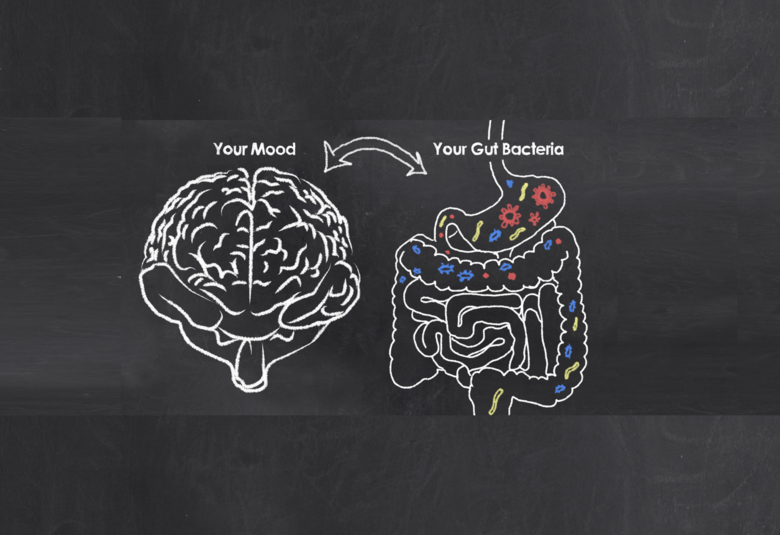Understanding the Patient’s Needs in Migraine Management: The Right Plan for the Right Patient
During The 3rd Abu Dhai Brain Conference held in Abu Dhabi, UAE (15 September 2023), the symposium titled " Understanding the Patient’s Needs in Migraine Management: the Right Plan for the Right Patient" Professor Peter McAllister, MD, FAAN (Co-founder and Medical Director; New England Institute for Neurology and Headache, Stamford CT (USA); and Clinical Associate Professor, Yale University School of Medicine) delved into various key aspects related to migraine. Here, we cover the section of preventing migraine, the first line of defense against migraines, with its tips and tricks.
In the realm of migraine management, the cardinal objective of preventive treatment stands as a beacon of hope, illuminating the path to enhanced well-being and fortitude. At the very core of this transformative journey lies a quintet of strategic goals, meticulously crafted to reinvent the migraine narrative for individuals around the globe.
Redefining Migraine Management: A Glimpse into Preventive Treatment Goals
The cornerstone of migraine preventive treatment is forging a path to diminished attack frequency, severity, and duration. This multifaceted approach aims not only to enhance the quality of life by improving functionality and reducing disability but also to amplify the efficacy of acute attack treatments. By focusing on these vital areas, we anticipate not only a substantial reduction in healthcare costs but potentially thwarting the disease's progression. Together, let's navigate towards a future with a restored sense of well-being, fortified resilience, and a marked reduction in migraine-induced impediments.
In delineating the scenarios where preventive treatment emerges as a viable consideration, it is prudent to observe the thresholds of headache days per month paired with the corresponding degree of disability.
Discerning the Right Time for Migraine Preventive Treatment1,2,3,4
Criteria for Considering Preventive Treatment:
When Prevention Should Be Offered
≥6 headache days per month with no disability
≥4 headache days per month with some degree of disability
≥3 headache days per month with severe disability
Situations Where Prevention Can Be Considered
4 or 5 headache days per month without any disability
3 headache days per month accompanied by some disability
2 headache days per month with a severe degree of disability
Recognizing Contraindications and Limitations with Acute Treatments:
It becomes imperative to discern situations where the boundaries of acute treatments are reached, indicating a potential necessity for preventive strategies. These situations can be characterized by the overuse or failure of acute treatments, exhibited when ergot derivatives, triptans, opioids, combination analgesics, and various drug combinations are utilized for ≥10 days per month or non-opioid analgesics, paracetamol, and NSAIDs are used for ≥15 days per month.
Migraine Preventives: A Journey Through Time
The history of migraine preventives is both rich and varied, illustrating humanity's relentless pursuit of relief from this debilitating condition. From the ancient and rather barbaric practices of trepanation and bloodletting to peculiar remedies like applying a clay crocodile to the head or inserting vulture brains through the nose, migraine treatments have evolved dramatically. Today, we leverage modern science and technology with treatments such as neurostimulators, and groundbreaking pharmaceutical developments like CGRP monoclonal antibodies and gepants. This journey signifies a transition from mystical rituals to evidence-based, scientifically backed preventive strategies, offering hope and improved quality of life for migraine sufferers.5
Preventive Classes: A Renaissance in Migraine Management
The evolution of migraine preventive classes marks a transition from accidental discoveries to purpose-driven innovations. Initially, treatments stemmed from antihypertensives, antiseizure medications, and antidepressants, which were found to inadvertently aid in migraine management. Now, the focus has shifted to specially designed agents like CGRP monoclonal antibodies and gepants, alongside sophisticated neuromodulation techniques, spearheading a paradigm shift towards targeted and effective migraine prevention strategies, thereby promising a brighter horizon for individuals grappling with migraines.
Our correspondent’s highlights from the symposium are meant as a fair representation of the scientific content presented. The views and opinions expressed on this page do not necessarily reflect those of Lundbeck.




